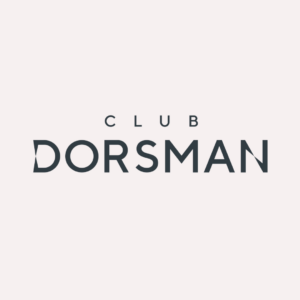Digital Transformation’ (DX) is one of those cringey buzz terms that gets tossed around at meetings and conferences like a worn out old Frisbee – sure, it’s still fun to throw back and forth, but the edges are all beaten up and there’s a few chunks missing. You hear it spoken, you gesture like you know exactly what it means, but really, it’s just an empty shell of a term that can mean literally any number of things. Well, in this post, I’m hoping to break down the mystique, give the term some definite context, and arm you with the knowledge required to stop yourself from glazing over the next time somebody starts yammering on about it.
Firstly before we begin, it’s important to note that DX is not a specific technology or method; it’s an idea, and to define what that idea is, I need to take a step back and recognise where it comes from to start with. In its simplest form, Digital Transformation is about applying tools to processes. Easy enough, right? And this concept is nothing new – we’ve been doing that since Ugg carved the first axe out of stone 1.7 million years ago – but what makes DX different from constructing physical tools to change the way we do things is that we’re now obviously applying digital tools to the task instead.
The birth of the microprocessor back in the 70’s gave rise to the third industrial revolution in manufacturing, and for the first time, we saw machines with tiny programmed brains taking over menial functions in production lines.
And if you think along the lines that the microchips to run these processes were the timber, then the software that came after was surely the fire! Advances in software in manufacturing has led to mass process automation, colossal increases in production efficiencies, and an incredible streamlining of the time it takes to get a product to market. Thanks to digital transformation, production is now lean, agile, and quick to turnaround.

So how did we get to the modern business oriented Digital Transformation we’re talking about here? In much the same way that technologies like anti-lock braking and push-button ignition have trickled down from Formula One motor racing into the humble road car, the concept of using computing power to run the smaller working parts of a business has likewise trickled down from large-scale manufacturing processes and into front and back office environments.
The big difference here though is that instead of making a physical manufactured object move more efficiently from one end of a production line to the other, in the office space, we’re dealing with moving information more efficiently from one end of the workflow to the other. And it’s having a very large impact on our day-to-day workload balance!
On average, manual administrative tasks performed by Australian managers consume 14 hours (or about two days) every working week. Doing some simple math, two days per week equates to roughly 96 working days per year where even executives are manually pushing information around the office. 96 days out of 255 working days a year! Multiply this by every information worker in a company, and you can quickly see how bogged down we’ve become in information management. True Digital Transformation seeks to reduce this chaos, making information more slippery from end-to-end, and freeing up your valuable time to be spent concentrating on much bigger stuff. As annoying as it can be, Digital Transformation is a broad term on purpose, because making data work for your business can come in a myriad of forms.
While only a small part of the puzzle, CRM’s, accounts processing automation, and chat-bots are all vastly different technologies that answer equally different questions, but they’re all part of the DX spectrum.
And given that all businesses run in their own unique way, every DX integration is unique to that business. No two businesses will have the same set of solutions, and that’s where the ambiguity starts to set in.
So what even is Digital Transformation? Here’s the answer. Are you ready for it? Drum roll please…. It’s using technology to drive information. That simple! Don’t let the boffins bamboozle you with ‘Cloud this’ or ‘A.I. that’. Don’t let them make you feel like you don’t know what you’re talking about. There’s nothing more to it than this one simple concept.








